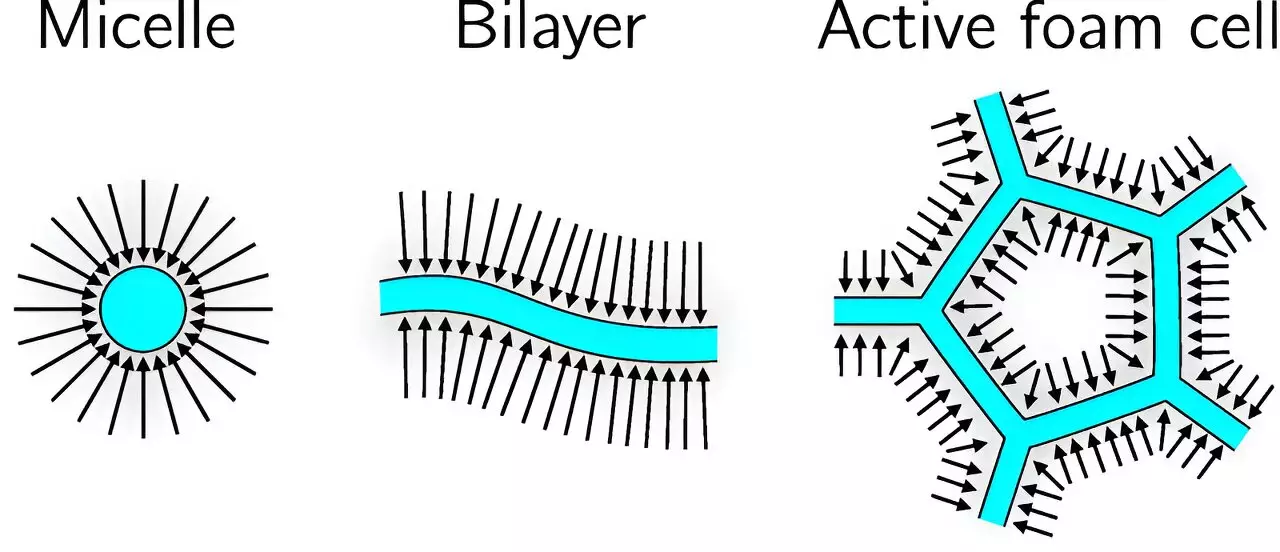As a fundamental aspect of life and synthetic processes in nanotechnology, the autonomous assembly of individual particles into complex patterns has been a topic of interest for researchers like Professor Erwin Frey. His work at LMU Munich focuses on exploring the underlying principles of self-organization, particularly in the context of protein filaments and molecular motors. In a recent study published in Physical Review X, Frey and his team have developed a theoretical model to explain how patterns such as active foams can emerge from a combination of these components.
Protein filaments, such as microtubules, and molecular motors play crucial roles in the structure and function of the cytoskeleton in cells. The dynamic interplay between these components can lead to the emergence of diverse structures, as demonstrated by research conducted at the University of California, Santa Barbara. Through a simplified model system, the researchers were able to observe the formation of structures like aster-like micelles and an intriguing phase known as active foam.
To understand the physical mechanisms behind the formation of active foams, Frey and his team developed a mathematical model that could replicate the experimental observations. By conducting numerical simulations, they were able to illustrate how patterns transitioned from micelles to foams based on the density of microtubules. The interaction between molecular motors and microtubules was found to be essential for organizing the filaments into the structured network characteristic of foams.
Without the activity of molecular motors, microtubules would remain disordered and lacking the necessary structure for complex patterns to emerge. The motors facilitate the alignment of microtubules in a parallel fashion by connecting them in pairs and moving along the filaments. This process of alignment is crucial for the formation of foams, as it allows for the repeated rearrangement of filaments, leading to the dynamic nature of active foams.
The transition from micelles to foams is governed by the density of both motors and microtubules. At lower component concentrations, individual micelles can form due to the high degree of freedom in particle movement. However, as the number of components increases, band-like layers and eventually complex foam structures begin to emerge. These foams exhibit an ordered structure resembling honeycombs but with the ability to undergo repeated rearrangements.
The theoretical model developed by Frey and his team provides insights into the general principles of pattern formation in biological systems involving filaments and motors. Beyond understanding the fundamental processes at play, this research could also have implications for bionanotechnological applications in the future. By elucidating the mechanisms underlying self-organization in active matter, researchers may be able to develop new technologies and tools for various fields of study.



Leave a Reply